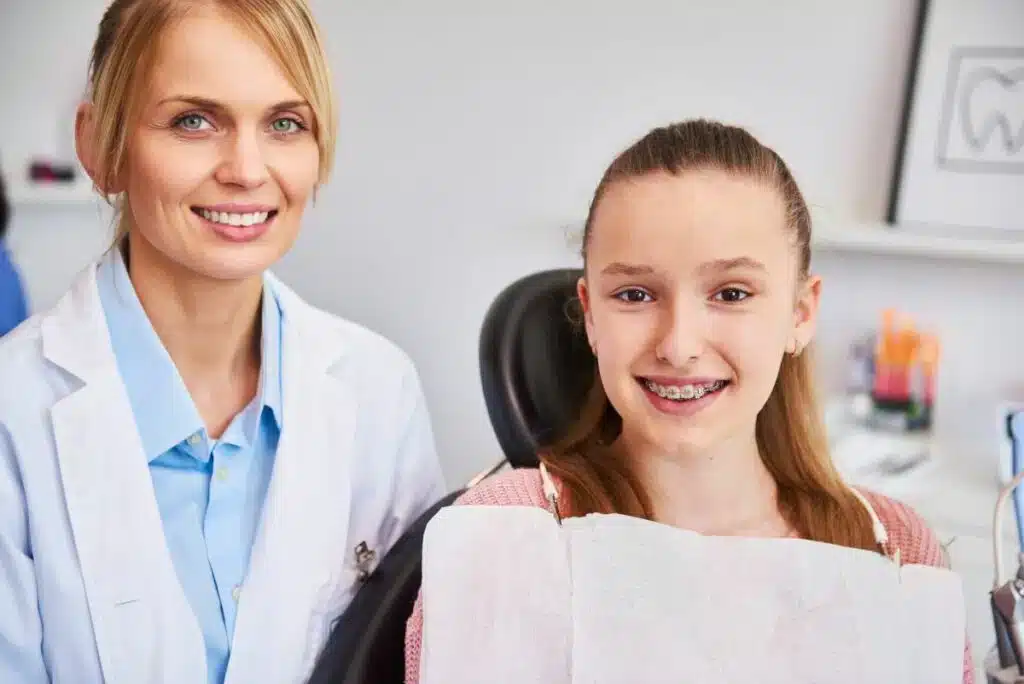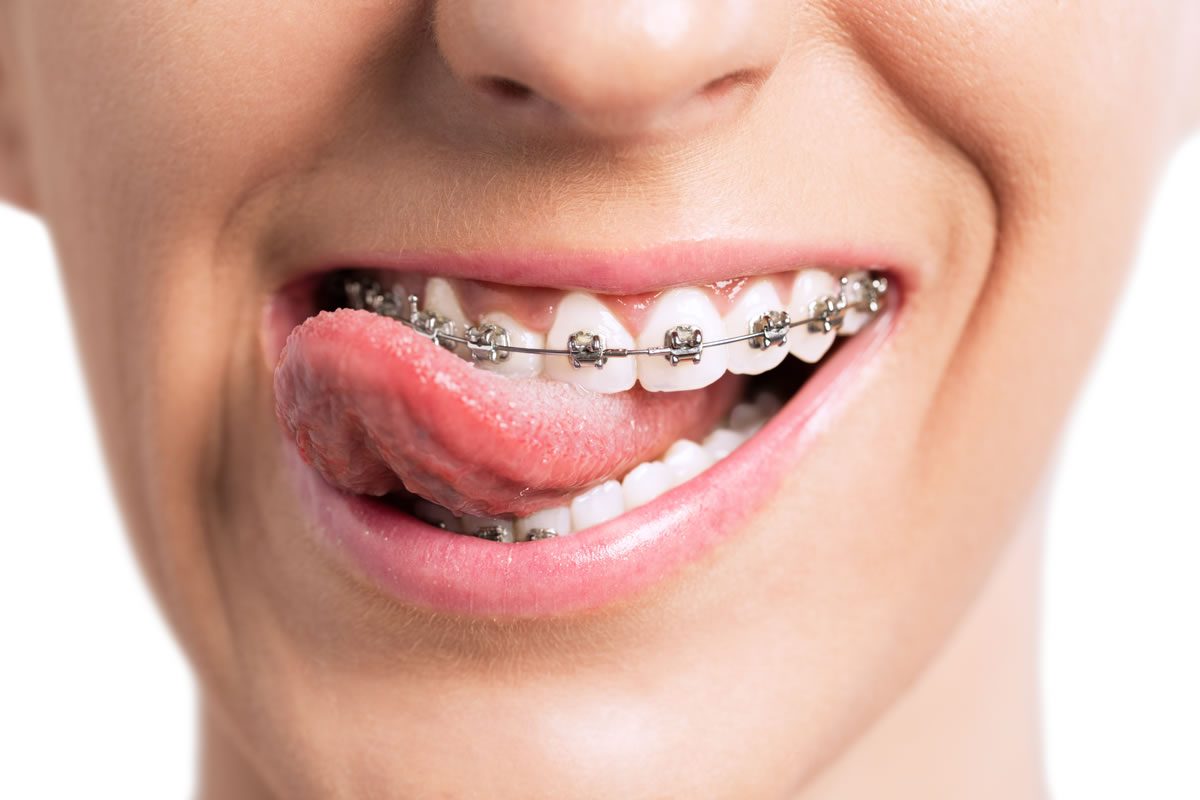The Buzz on Causey Orthodontics
Table of Contents6 Easy Facts About Causey Orthodontics DescribedThe 7-Second Trick For Causey OrthodonticsNot known Details About Causey Orthodontics How Causey Orthodontics can Save You Time, Stress, and Money.Causey Orthodontics Things To Know Before You Get This
Overlooking occlusal partnerships, it was common to remove teeth for a selection of dental concerns, such as malalignment or overcrowding. The idea of an intact teeth was not commonly appreciated in those days, making bite correlations appear pointless. In the late 1800s, the principle of occlusion was necessary for producing dependable prosthetic substitute teeth.As these concepts of prosthetic occlusion advanced, it became an important device for dental care. It was in 1890 that the job and influence of Dr. Edwards H. Angle began to be felt, with his payment to modern orthodontics particularly notable. Originally concentrated on prosthodontics, he taught in Pennsylvania and Minnesota before routing his focus towards oral occlusion and the therapies required to preserve it as a regular condition, thus ending up being referred to as the "father of modern-day orthodontics".

The idea of optimal occlusion, as postulated by Angle and incorporated right into a category system, allowed a change towards dealing with malocclusion, which is any deviation from regular occlusion. Having a full set of teeth on both arcs was extremely demanded in orthodontic treatment because of the demand for exact partnerships between them.
Not known Facts About Causey Orthodontics
As occlusion became the essential top priority, facial proportions and visual appeals were ignored - best orthodontist. To attain excellent occlusals without making use of exterior forces, Angle postulated that having ideal occlusion was the finest method to gain optimum facial visual appeals. With the passing of time, it came to be fairly noticeable that also a remarkable occlusion was not ideal when taken into consideration from a visual perspective
It came to be obvious that orthodontic therapy might readjust mandibular development, bring about the formation of practical jaw orthopedics in Europe and extraoral pressure actions in the US. Nowadays, both functional home appliances and extraoral gadgets are used around the globe with the objective of modifying development patterns and kinds. As a result, going after real, or at the very least improved, jaw connections had ended up being the major purpose of treatment by the mid-20th century.
Little Known Facts About Causey Orthodontics.
 Until the mid-1970s, dental braces were made by covering metal around each tooth. https://www.cybo.com/US-biz/causey-orthodontics_60., it ended up being possible to instead bond metal brackets to the teeth.
Until the mid-1970s, dental braces were made by covering metal around each tooth. https://www.cybo.com/US-biz/causey-orthodontics_60., it ended up being possible to instead bond metal brackets to the teeth.This has had purposeful results on orthodontic therapies that are provided routinely, and these are: 1. Appropriate interarchal relationships 2. Correct crown angulation (pointer) 3.
The benefit of the layout lies in its brace and archwire mix, which needs just minimal cable bending from the orthodontist or medical professional (Causey Orthodontics). It's appropriately called after this attribute: the angle of the slot and density of the brace base ultimately establish where each tooth is located with little need for added adjustment
Examine This Report about Causey Orthodontics
Both of these systems used identical braces for each tooth and required the flexing of an archwire in three aircrafts for locating teeth in their desired settings, with these bends determining utmost positionings. When it pertains to orthodontic devices, they are separated into two kinds: removable and taken care of. Detachable devices can be taken on and off by the person as required.

Thus, practically all modern fixed devices can be taken into consideration variants on this edgewise home appliance system. Early 20th-century orthodontist Edward Angle made a significant contribution to the world of dental care. He produced four distinct home appliance systems that have been used as the basis for many orthodontic therapies today, disallowing a few exemptions.
Causey Orthodontics Fundamentals Explained

The cord finished in a thread, and to move it onward, a flexible nut was utilized, which permitted an increase in area. By ligation, each private tooth was connected to this expansive archwire (orthodontist services). Because of its limited variety of movement, Angle was unable to accomplish accurate tooth positioning with an E-arch
These tubes held a firm pin, which could be repositioned at each appointment in order to move them in position. Dubbed the "bone-growing device", this device was theorized to motivate healthier bone development due to its possibility for transferring pressure directly to the origins. Applying it showed frustrating in reality.